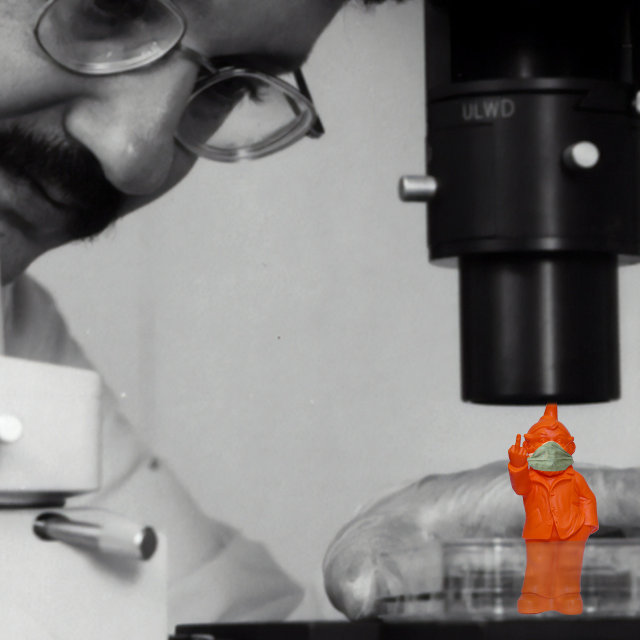

Why every brand wants to be a virus
A branding case study of COVID-19
As expected, here it is – Our corona-inspired post. What? You really thought we would miss out on the opportunity to write about this? You must not know us really well. So here you go, our take on Covid-19 and how it can be studied and applied from a marketing perspective. Here’s to hoping it goes viral for all the right (or wrong) reasons!
Covid-19, colloquially known as coronavirus, emerged in the Chinese province of Wuhan at the end of 2019. Covid-19 has spread to every continent on the globe, found a strong base in Europe, infected hundreds of thousands, and killed over 4000. If this seems like dire news, it’s probably because it really is. What’s more, it seems like a lot of countries in the West (looking at you USA) are responding to this virus with worrying nonchalance. Knowing the rate at which the virus spreads and the fact that symptoms have, in some cases, been shown to appear a damning 14 days after initial infection tells us that:
1) We are seriously underestimating the severity of infection and amount of people infected.
2) When the public response catches up with the reality of the facts, it will be seriously overblown.
Now that the basic facts are on the table (and have probably wildly changed by the time of publication) let’s get back to our subject of expertise. Namely, how viruses like Covid-19, given the right amount of attention and, more importantly, infectiousness, can become very strong, albeit not very appealing, brands in-and-of themselves. In other words, how do viruses generate their own brand with such success and appeal?
Usually, the first thing people see when they interact with a brand is its name. Very often, memorable names tend to linger in the average person’s psyche for longer. Coronavirus hits the mark on that. It’s evocative, scary, and memorable. There’s a reason why as the outbreak developed, #coronavirus (and its misspelled alternatives) was so quick to trend on twitter. Putting aside our sincere grievances for the delicious Mexican beer company, there is no doubt coronavirus and not Covid-19 will remain imprinted in the public’s memory for the foreseeable future.
While, it is quite understandable why corona has not yet offered free beer to everybody infected with the ghastly respiratory infection, it does lead to our second point. Virus brands such as the current Corona virus get a lot of advertising. I mean a lot. On one hand, people advertise the virus to themselves. Just take a look at the amount of google searches for the virus; sharply on the rise, with little signs of slowing down.

What’s more, mainstream media is jumping on this crunchy story and spreading it like wildfire. This kind of enthusiastic 24-hour news coverage is something most brands in the world dream of. Unfortunately, it seems to be reserved for highly infectious diseases and royal family drama. Nonetheless, as the PR crowd knows very well, having the same messaging be repeated over and over again across countless news media channels and news outlets has certainly helped cement the coronavirus brand.
Why does this virus, although unquestionably worrying, inspire such degrees of fantasizing in the popular imagination? There seems to have always been a widespread fascination for the morbid. We are exposed to high frequencies of ultra-violence throughout news stories, movies, and video games without anyone raising an eyebrow. Hell, it has become (or always was) more acceptable to watch two people savagely kill each other in a movie than to watch two people having sex.
Clearly, death has a special place in our hearts. We are fascinated, entertained, and paradoxically terrified by it. Maybe that is where our fascination comes from. Concerning plagues, there is even a video game dedicated to it: Plague Inc. (it’s quite fun, you should go try it). Unsurprisingly, Plague Inc. has been the top downloaded app of the app store for the last few months. It’s become so popular lately, China had it removed from its App Store. With all this content being spread across the world, it is no wonder viruses get so much attention.
Finally, yet another things brands and coronavirus share are a target audience. Yes, we know it is quite grim to think about. But it’s true! Brands have to decide who they want to direct their voice to, who their audience is. Viruses are no different. In this case, it seems Covid-19’s target audience are the elderly and those with pre-existing respiratory conditions.
Ultimately and, to be honest, quite disturbingly, the pandemic tendencies of viruses such as Covid-19 are something most brands would die to have. Brands want to be contagious, cross cultural, locally transmittable (they’ll call it word of mouth) and utterly fascinating for news outlets and their viewers. Maybe there will be a day when we get to that level, but for now, it seems pandemics are exclusive to viruses.
So please accept our apologies for making what some may perceive as very insensitive statements on a genuine threat to public health. We are infected with a restless marketing syndrome and jump, genuinely indiscriminately, on every and any occasion we find to study from our twisted marketing and advertising perspective — If you have been to a Covid-19 high risk area and are feeling flu-like symptoms, please make sure to self-isolate for at least 14 days. Stay safe out there!


